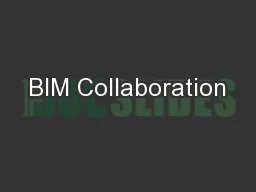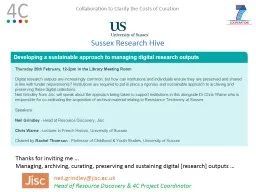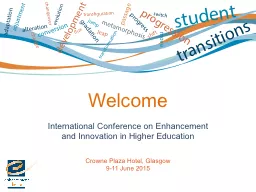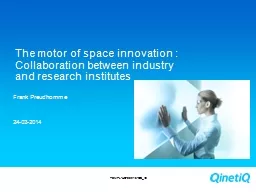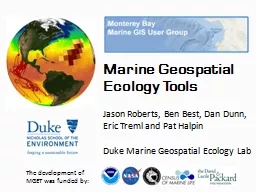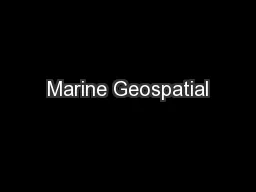PPT-Collaboration New collaborators in 2016:
Author : medmacr | Published Date : 2020-07-03
Geological and Geophysical Institute of Hungary We had also new addenda with existing collaborators ACAS Australia Trieste Italy IAP NASU
Presentation Embed Code
Download Presentation
Download Presentation The PPT/PDF document "Collaboration New collaborators in 2016:" is the property of its rightful owner. Permission is granted to download and print the materials on this website for personal, non-commercial use only, and to display it on your personal computer provided you do not modify the materials and that you retain all copyright notices contained in the materials. By downloading content from our website, you accept the terms of this agreement.
Collaboration New collaborators in 2016:: Transcript
Download Rules Of Document
"Collaboration New collaborators in 2016:"The content belongs to its owner. You may download and print it for personal use, without modification, and keep all copyright notices. By downloading, you agree to these terms.
Related Documents




